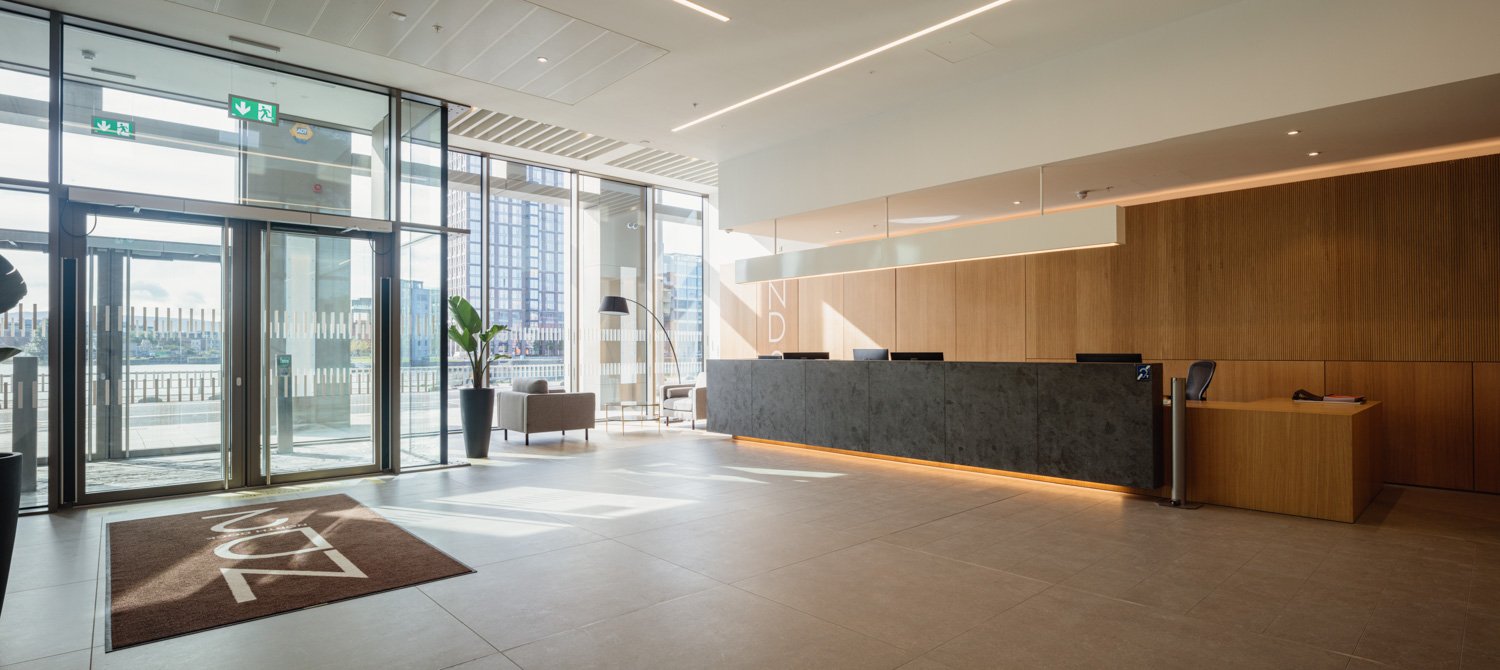The Importance: Architectural Photography Tips and Tricks (1/4)
Introduction to Architectural Photography
Architectural photography is a specialised genre that focuses on capturing the beauty, design, and essence of buildings and structures. Whether it's showcasing the grandeur of a corporate construction project, the meticulous details of an office fit-out, or the creativity of an interior architect's work, architectural photography plays a crucial role in bringing these spaces to life visually.
Importance of Architectural Photography
Architectural photography serves multiple purposes and holds great significance for architects, interior architects, corporate construction companies, commercial construction companies, and office fit-out companies. Here are a few reasons why architectural photography is important:
Documentation and Promotion: Architectural photographs serve as a valuable documentation tool, capturing the design, construction, and transformation of buildings over time. They can also be used for promotional purposes, showcasing the company's portfolio and expertise. A well-curated architectural photography portfolio can attract potential clients and highlight the quality of work.
Effective Communication: Architectural photographs effectively communicate the vision, aesthetics, and functionality of a space. They allow architects and designers to visually convey their ideas to clients, stakeholders, and the general public. Whether it's through architectural drawings or finished projects, photographs enable a deeper understanding and appreciation of the architecture.
Marketing and Advertising: Architectural photographs play a crucial role in marketing and advertising efforts. They can be used in brochures, websites, social media, and other marketing materials to promote a company's services, projects, and accomplishments. High-quality visuals are key to making a lasting impression and attracting potential clients.
Key Considerations for Architectural Photography
Capturing exceptional architectural photographs requires careful consideration of various factors. Here are some key considerations to keep in mind:
Composition and Framing: Paying attention to composition and framing is essential in architectural photography. Considering the lines, angles, and perspectives can help create visually compelling images that highlight the architectural elements and create a sense of depth and dimension.
Utilising Natural Light: Natural light is a powerful tool in architectural photography. Understanding how light interacts with the building's surfaces and using it to your advantage can enhance the texture, details, and mood of the photograph. Time of day, weather conditions, and the direction of light all play a role in achieving the desired effect.
Enhancing Details and Textures: Architectural photography often involves capturing intricate details and textures. Highlighting these elements can bring out the character and uniqueness of the architecture. Techniques such as close-ups, selective focus, and shallow depth of field can help draw attention to specific features.
As you embark on your architectural photography journey, it's important to collaborate with a professional architectural photographer who understands the nuances of capturing architectural spaces. They can provide valuable insights, technical expertise, and an artistic eye to create stunning visuals that do justice to the architecture. Proper planning, coordination, and communication with the photographer are vital to ensure a successful photoshoot. For more information on architectural photography techniques, refer to my third and fourth articles in this series, “Architectural Photography Tips and Tricks”
In my next articles, I will delve deeper into finding the right photographer, preparing for an architectural photoshoot, and explore tips for capturing extraordinary architectural photos.
NEXT ARTICLE:



